QR codes are just about everywhere these days. On billboards, in magazines, stickers on walls, on rubbish bins, bus stops. How many of them actually get used? What are the big blockers that stop people from using them?
The UK has a lower uptake rate for QR codes than the rest of Europe. Depending on whose statistics you use, somewhere between 12% and 30% of people who can scan a QR code have ever done so. At a guess, the natural British suspicion about being asked to do something without knowing what you're getting into has something to do with it.
The numbers support that it's this lack of trust that's holding people back. People are much more likely to scan a QR code in a magazine or on a physical product than they are to scan a poster or a flyer. A QR code on a product is clearly about that product, and if I can trust the product or its brand, I can trust the QR code. Trust for a QR code in a magazine also inherits my trust of the magazine or the brand of the ads in it. These aren't always true, but it's the impression that matters, since that's what causes people to scan them.
What does the lack of trust mean? It means the person who might want to scan the code talks themselves out of it.
- What of my personal information am I giving away by scanning this?
- Could this install a dodgy app on my phone?
- Could it buy something without me knowing it?
Advertising
Pretty much every QR code you see in an advertisement will be made as unique as possible so the people who paid for the ad can track the places where their money is being effective. In general, the bigger the QR code the more tracking information is in there. You can also tell when your QR app shows you the URL before you load it (always have your app show you the URL first). A tracking URL usually have a seemingly random series of numbers and letters in the URL.Location services
Not all tracking is for advertising. FixMarQ uses the random string to identify the object you just scanned, so you can post a problem or book the room with minimal effort. Like a bookmark in a web browser, it's there to save you effort in finding something yourself.
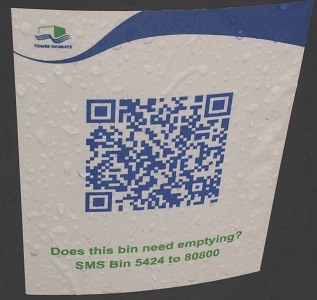
Foursquare QR codes are used in venues and shops to skip the location search and put you right at the check-in page. It saves you the trouble of using GPS, and is useful if the shop is not popular enough to appear in the first few items on Fourqsuare's list. So really, it's mainly to help a shop raise its rank in the local searches.
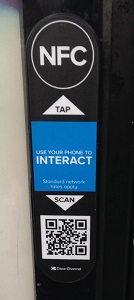
Size tells you everything
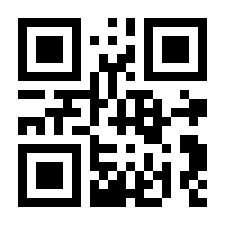
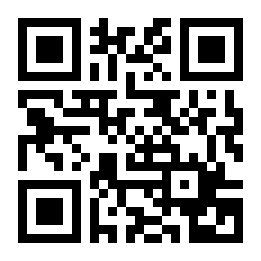
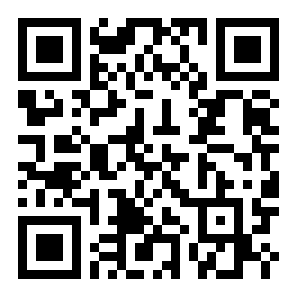
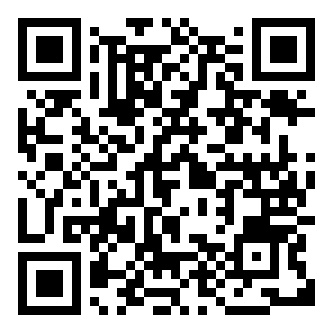
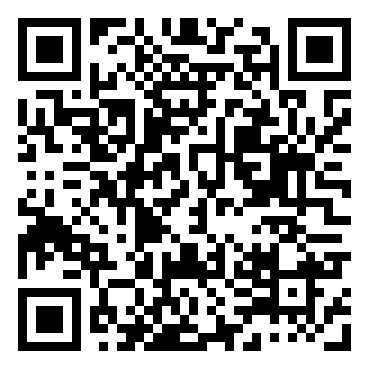
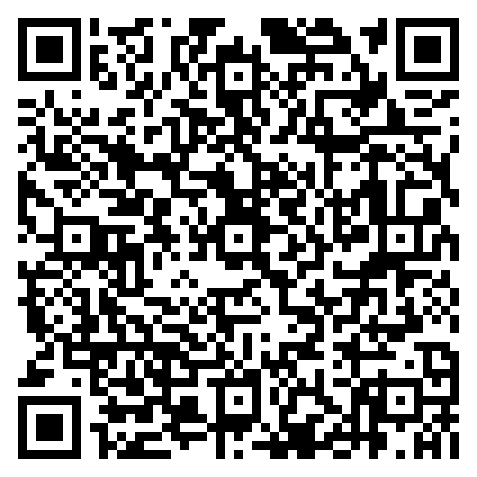
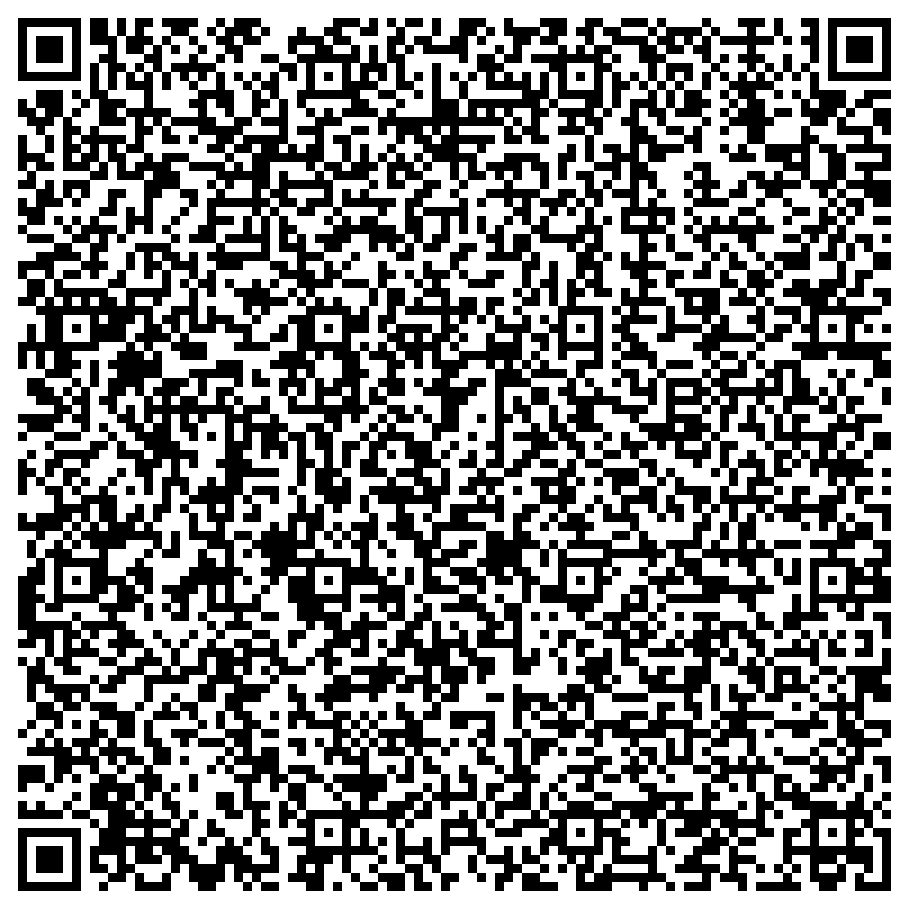
- If the big squares are around the same size as the gap between them, it's a URL shortener — dubious
- If there's one little square in the bottom right, it's a link — ok if the link matches the context
- If there's more than one little square, it's special content — scan only if trust your QR app
And
so...
QR codes can be hugely beneficial. All you need to do is understand the risks and know how to avoid them. Beyond just saving you typos when copying a URL, it can be a very cheap very accurate way to give you services based on where you are. Imagine it as a simple Augmented Reality where you can do things online with real places and objects.